January 21, 2020
Nature is furious: why are there more natural disasters?
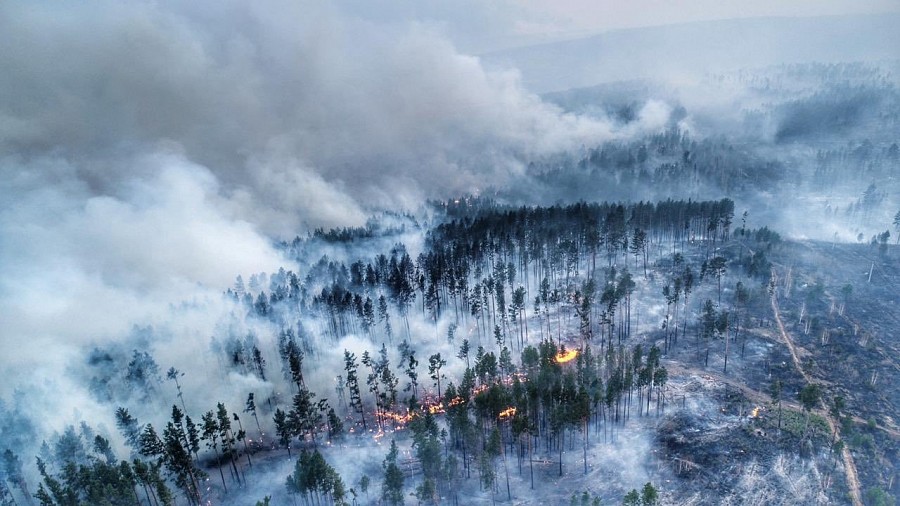
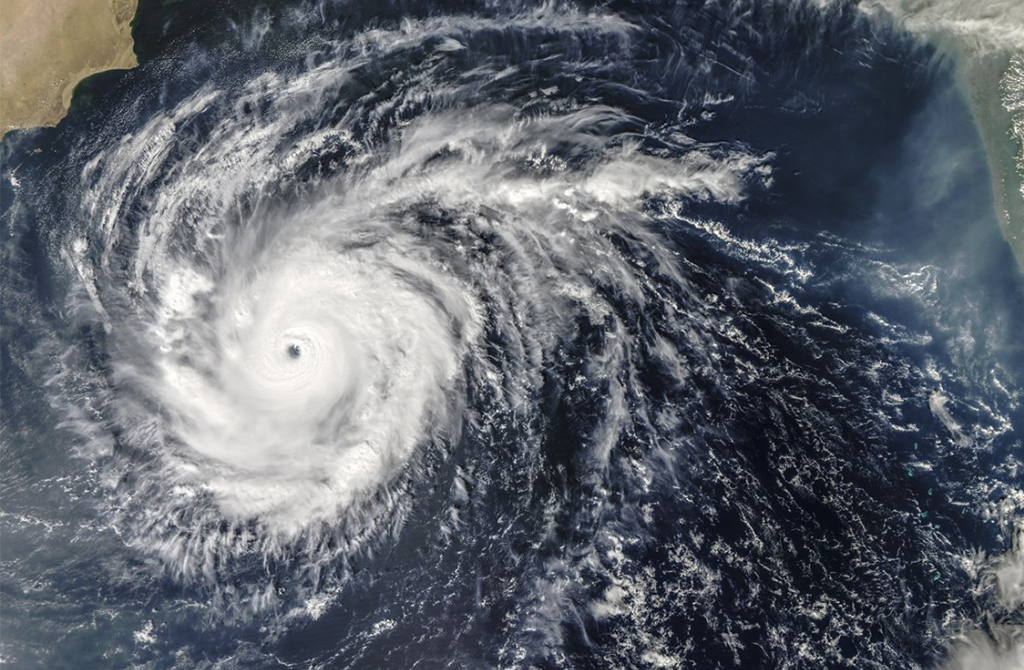
And these are just disasters over the past year. How many major disasters have shaken the world in recent years? Hurricane Katrina, which nearly destroyed New Orleans, and the 2011 earthquake and tsunami in Japan that killed more than 15,000 people…
And this is not the limit. Scientists report that the number of natural disasters is growing steadily. For example, from 2000 to 2017, six earthquakes of magnitude 8 or more were recorded. Whereas for the entire XX century there were 10 such cases, and for the entire XIX – only seven. This means that there are still many challenges ahead for humanity. But what was the reason for this?
The first reason, the main one
Scientists see global warming as the main reason for the growth of natural disasters. Rising temperatures lead to disastrous consequences.
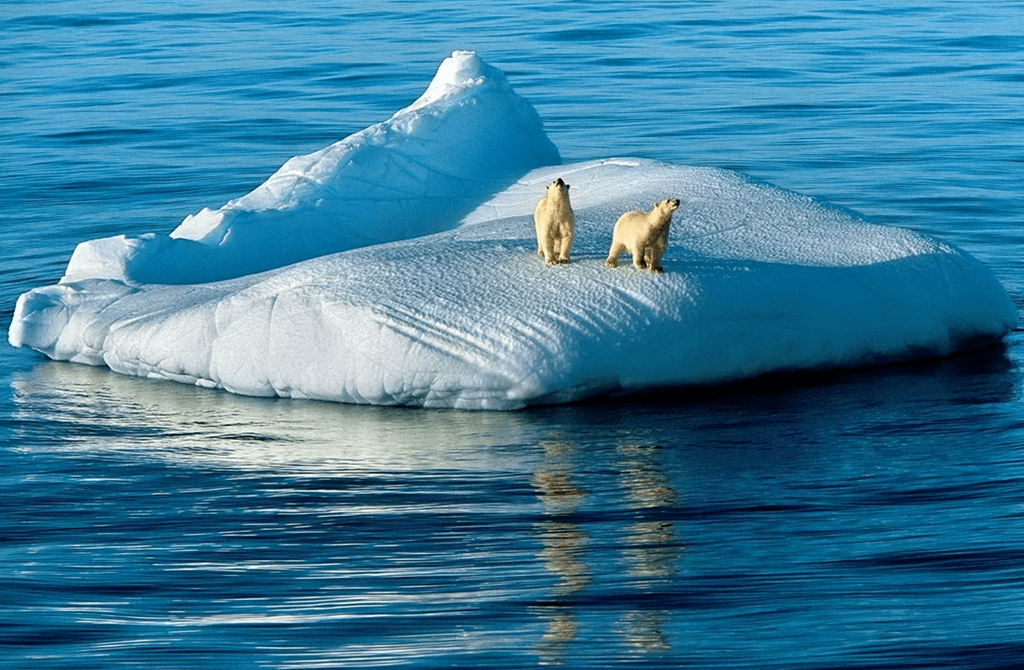
Here's how Alexey Karnaukhov, a senior researcher At the Institute of Biophysics of the Russian Academy of Sciences and a climatologist, explains the increase in the number of earthquakes: "...we are experiencing global warming, melting glaciers and increasing ocean levels, there is a redistribution of pressure on the continental lithospheric plates. All processes that have been slowed down are beginning to accelerate."
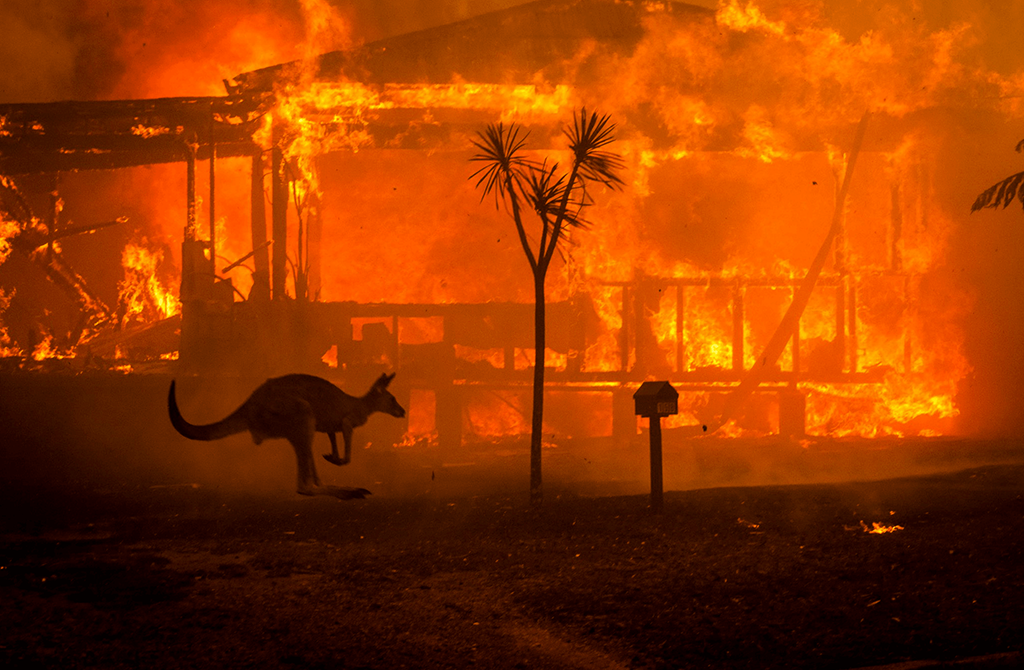
Warming has also affected the development of fires in Australia, which are continuing right now. Fires are not uncommon for this continent with its high temperature and aridity. Usually they can be kept under control. However, the unusually dry weather caused the fire to spread with incredible rapidity.
The heat also led to an increase in dry thunderstorms formed at temperatures above + 28°. Their difference from the usual-lightning flashes in the complete absence of precipitation or reduced their number. Dry thunderstorms are called "forest killers". Often they are the cause of summer fires.
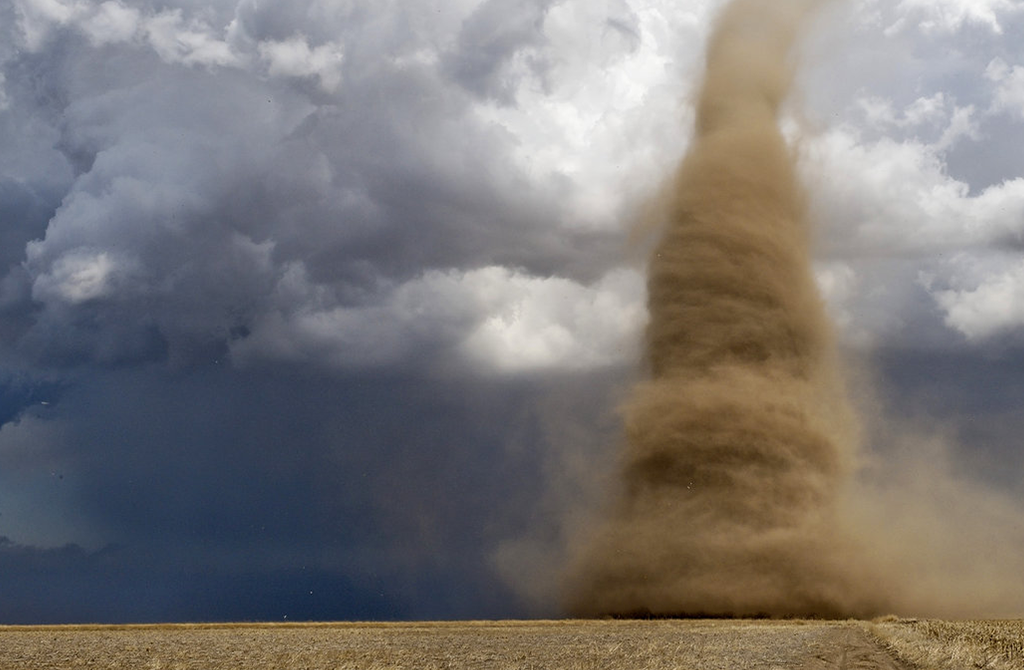
Finally, an increase in water temperature leads to the formation of hurricanes. They form as cyclones if the water temperature exceeds 26°C.
The second reason is anthropological
Humanity has somehow had a hand in every cataclysm in recent years. After all, global warming is a direct consequence of human activity. But then the impact is not indirect, but direct.
So, one of the reasons for the Siberian fires was called arson in order to hide deforestation.
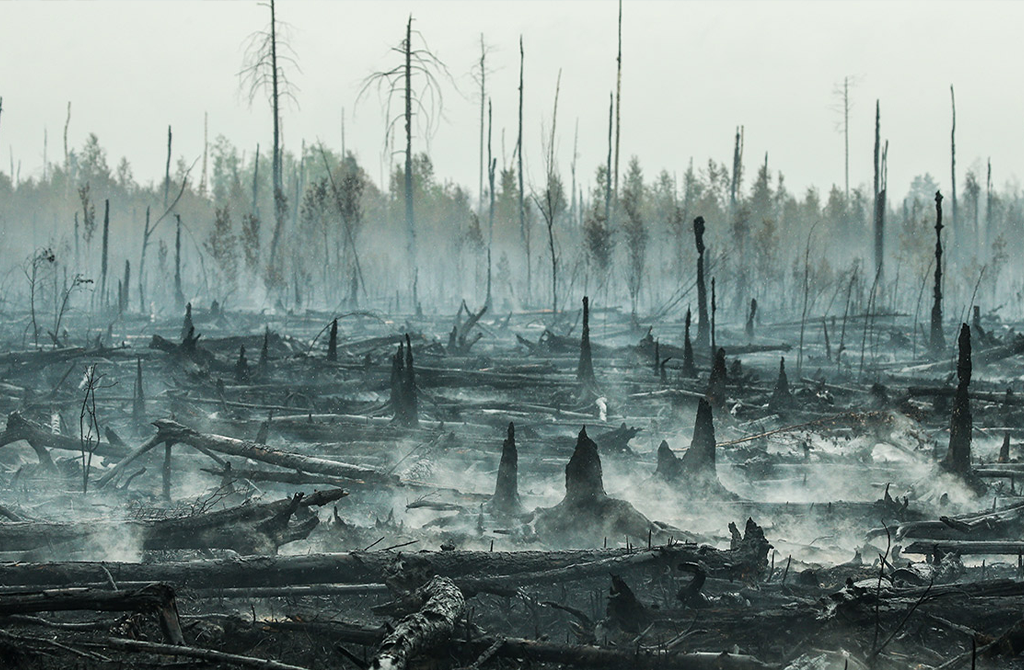
Another reason is the reduction in the number of foresters. Since 2006, their number has decreased from 70,000 to 12,000. This reduced the likelihood of a timely response to forest fires.
Finally, such huge losses were caused by the fact that most of the fires occurred in "control zones". It is officially allowed not to take any measures in relation to these zones if they are far from populated areas, or if it is considered economically impractical to extinguish a fire here. All this led to the fact that, according to Greenpeace, Russia lost 5.4 hectares of forests.
The real damage is much greater, experts say. During the fires, tens of millions of tons of carbon dioxide were released into the air, which will only accelerate global warming. Scientists predict an increase in air temperature in 2020 by 6°C. whether their forecast will come True, and what promises for the planet such a jump in temperature, we will find out in the next 12 months.
Read more
July 31, 2024
April 12, 2024
April 5, 2024